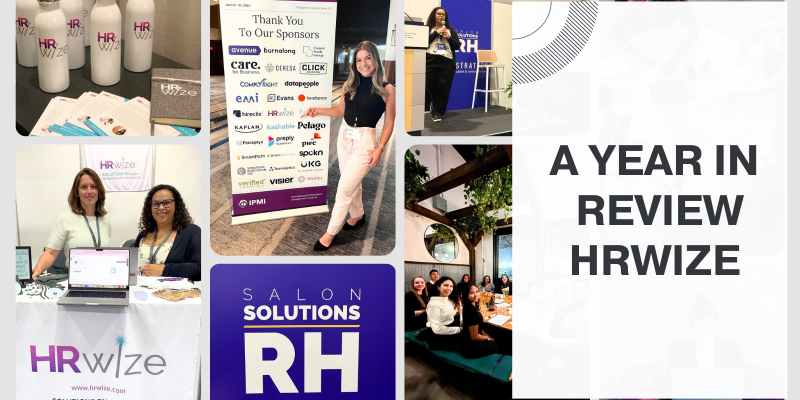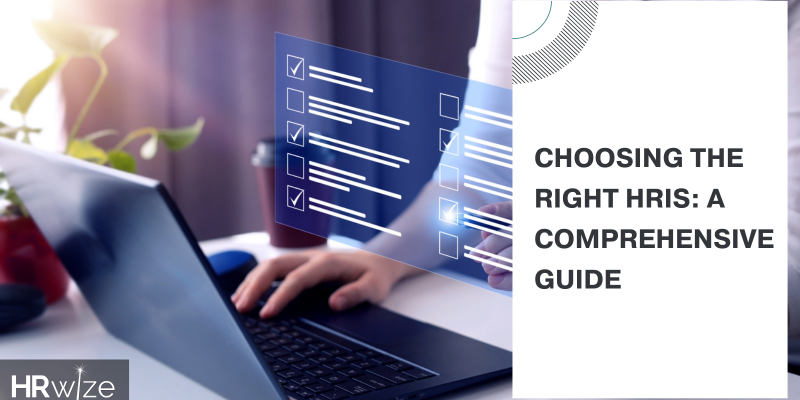Modern performance management: 3 ways to update your performance reviews

We’ve previously mentioned the major shift happening in the workplace, referred to as The Human Workplace movement, and why it’s occurring. We will now address modern performance management and how best to address it within the human workplace.
Employees are seeking more empathy, engagement, and opportunities for learning and growth in their office environments. Remote work opportunities, flexible schedules, and the desire for mentorship, are all factors having a massive impact on performance management.
Performance Reviews
Under the umbrella of performance management falls the formerly dreaded performance review. What was once a stuffy and formal annual or bi-annual necessity is being remolded to meet modern workplace demands. Companies such as Adobe and GE are replacing them entirely with more frequent check-ins, in order to supply the meaningful feedback and interaction today’s employees are requesting.
Updating your own organization’s performance reviews is a great first step in moving towards a more modern and people-centric workplace.
-
Increase the Frequency
Annual and bi-annual meetings are not on par with modern workplace standards. Formal is not the way to progress. Think shorter, more frequent check-ins. Use technology to your advantage to track performance along the way so that gaps can be identified and work can be adjusted immediately.
Keep the process light and easy. The better your connection with employees the more insight you will have when it comes to assigning work, being agile, maximizing employee potential, and looking after your employees’ well-being. It’s mutually beneficial and vital for developing a Human Workplace.
- Frequent reviews can help bridge the gap formed by working remotely
- Gather feedback from peers and internal clients using 360 degree feedback features
- Regular check-ins with thoughtful guidelines and discussion set the tone for change
-
Focus on Your Employees
The focus of performance reviews has to be less “here is your score out of 10,” and more “where are you struggling and how can I help you?” There needs to be a recognition of the person behind the work, how it impacts them and the impact that person has. What are their thoughts, feelings, and emotions? How is that informing their decisions?
This may seem a bit over-the-top for people with a traditional workplace mindset. However, these are things that have always had an effect on peoples’ work, but in the past were not addressed. Shutting them out does nothing to aid with workplace performance. Think of it as a better way to achieve employee development.
For example, ask:
- How has your week been? How are you feeling about your team?
- What have you achieved this week? What did you learn recently?
- Looking back at this project, what would you do differently if you had to do it all over again?
- How do you feel about the results, or how did it feel to accomplish that?
-
Achieving Goals
Modern performance reviews don’t negate the need for tracking performance and keeping records. As we discussed in the first section, this needs to be more ongoing, as do employee goals and targets.
The main thing to keep in mind here is having a common understanding of goals, with clear and transparent communication and documentation. Employees need to be invested in their achievements, so input on their part is vital in both setting targets and how they intend to achieve them.
- Learning opportunities and career development can achieve employee, performance, and organizational growth
- Performance criteria needs to be easy to understand, frequently reviewed, and aligned with organizational culture and practices
- Revisit goals frequently, and don’t forget to focus on the person behind them
If this topic has peaked your interest, check out our blog series on the Human Workplace for more insight into how to adapt your culture to be more human-focused.
 A Year in ReviewBy Briana Della Foresta
A Year in ReviewBy Briana Della Foresta Choosing the Right HRIS: A Comprehensive GuideBy Briana Della Foresta
Choosing the Right HRIS: A Comprehensive GuideBy Briana Della Foresta The Impact of Vacation Time on Employee Creativity and InnovationBy Briana Della Foresta
The Impact of Vacation Time on Employee Creativity and InnovationBy Briana Della Foresta The Importance of Employee Vacations for Work-Life Balance By Briana Della Foresta
The Importance of Employee Vacations for Work-Life Balance By Briana Della Foresta Creating a Vacation-Friendly Company CultureBy Briana Della Foresta
Creating a Vacation-Friendly Company CultureBy Briana Della Foresta Strategies for Coping with Working Mom GuiltBy Briana Della Foresta
Strategies for Coping with Working Mom GuiltBy Briana Della Foresta The Importance of Respecting Holy DaysBy Briana Della Foresta
The Importance of Respecting Holy DaysBy Briana Della Foresta What HR Should Know About Candidate Experience?By Briana Della Foresta
What HR Should Know About Candidate Experience?By Briana Della Foresta Do What You Love or Love What You Do?By HRWize
Do What You Love or Love What You Do?By HRWize Diversity Requires MetricsBy Briana Della Foresta
Diversity Requires MetricsBy Briana Della Foresta

